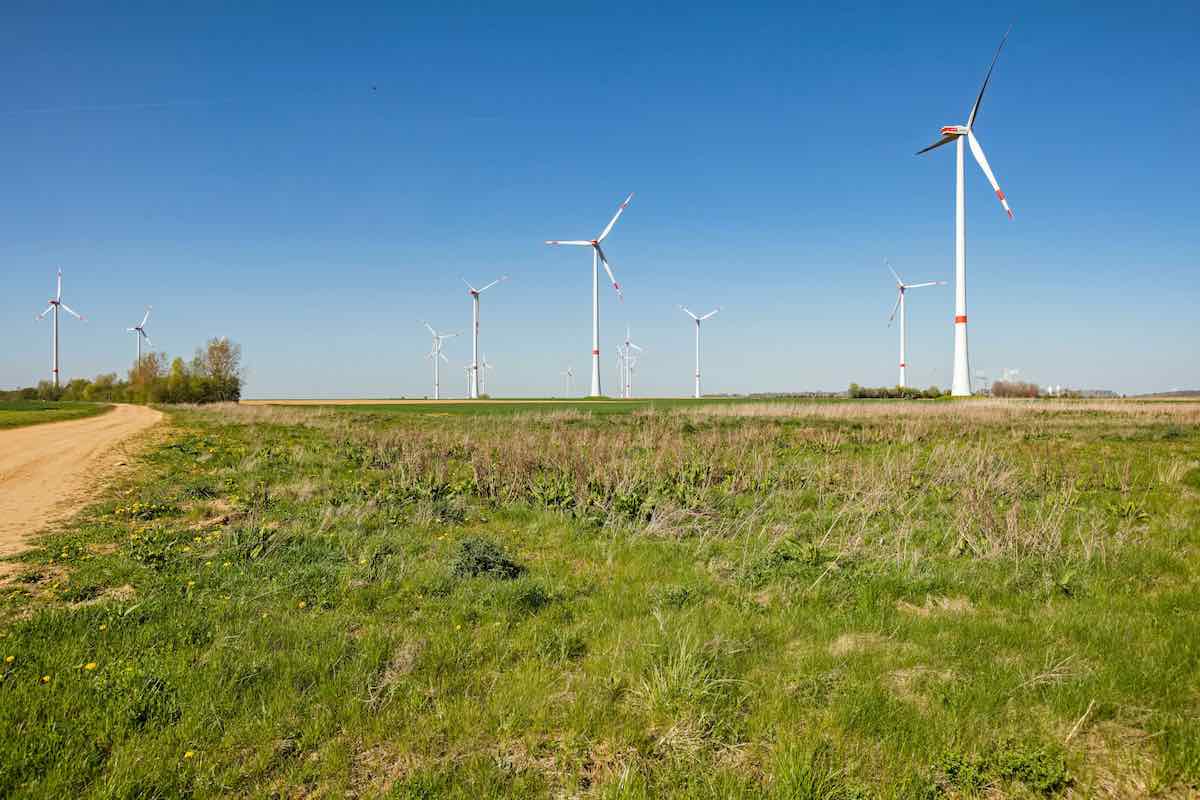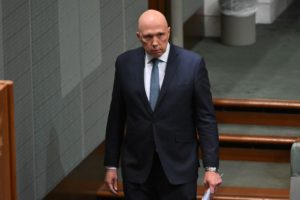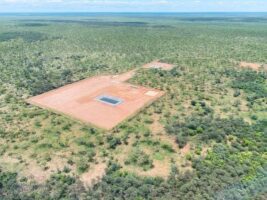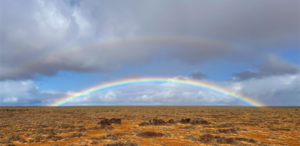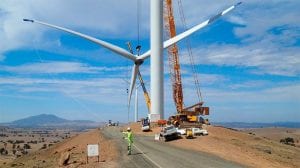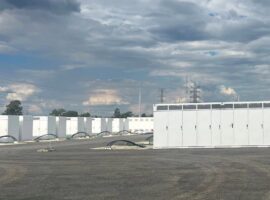Public consultation for the massive 1.1 gigawatt (GW) Theodore wind farm in Queensland is open, ahead of a decision by the federal environment minister on whether it will be a controlled activity.
The wind farm is one that global renewables giant RWE partnered with Stanwell Corporation on late last year, with the Queensland government-owned energy company signing up to a possible off-take agreement and equity stake to bolster its aim to build a 10GW renewable portfolio.
But with several migratory and threatened species in the massive project, the partners are now waiting on a decision by environment minister Tanya Plibersek as to whether it will be a controlled action under the Environment Protection and Biodiversity Conservation Act (EPBC Act).
Plibersek has recently granted approval to another Stanwell contracted wind project, Neoen’s Mount Hopeful wind wind farm around 65km west of Gladstone, but rejected another project – Wooroora – because of its proximity to rainforests and despite the fact it was also located on former cattle grazing land.
A large solar project has also been rejected by Plibersek, even though it is in the middle of a major coal seam gas mining area.
The Theodore project is lodged between the towns of Biloela and Theodore in the Banana Shire, north of Brisbane and is spread across nine land holdings currently used for grazing cattle.
The proposal asks for 170 turbines with a 270m tip height criss-crossing just under 47,000 hectares of land, and includes the option of a battery energy storage system.
However, in a newsletter from February RWE promises the site will only host 160 turbines, saying it popped an extra 10 into the development application in case some of the proposed locations weren’t appropriate for a turbine, and to ensure every site would be accounted for when it comes to sight lines and noise.
To achieve the full 1.1GW capacity from 160 towers, Theodore would need to install turbines larger than has been seen in Australia to date of more than 6.788 megawatts (MW) each.
Construction is anticipated for 2026, and full commissioning in 2029. Partial operations are slated to begin as early as 2027.
RWE and Stanwell are also promising a community benefit fund of at least $500,000 per year, to contribute a minimum of $17.5 million into local communities throughout the operational life of the wind farm.
Community groups from Theodore, Banana, Moura, Monto and Cracow will be prioritised for an annual $60,000 sponsorship fund.
The EPBC application painted a brief picture of what decommissioning plans for the Theodore project might entail, but in the February newsletter RWE pointed to its trial of Siemens Gamesa recyclable blades at an offshore wind farm in Germany.
The company doesn’t say it will use these in Australia, but included four paragraphs about the trial in the Theodore decommissioning explainer.
The site, which sits next to the Montour State Forest, is home to four threatened species under the EPBC, the squatter pigeon, koalas, greater glider and the large-eared pied-bat.
One EPBC-listed migratory species is likely to be in the area, the satin flycatcher, and another 10 listed threatened species and two listed migratory species might be in the area.
RWE expects the amount of land disturbed by construction will be 1,932.2 hectares.

